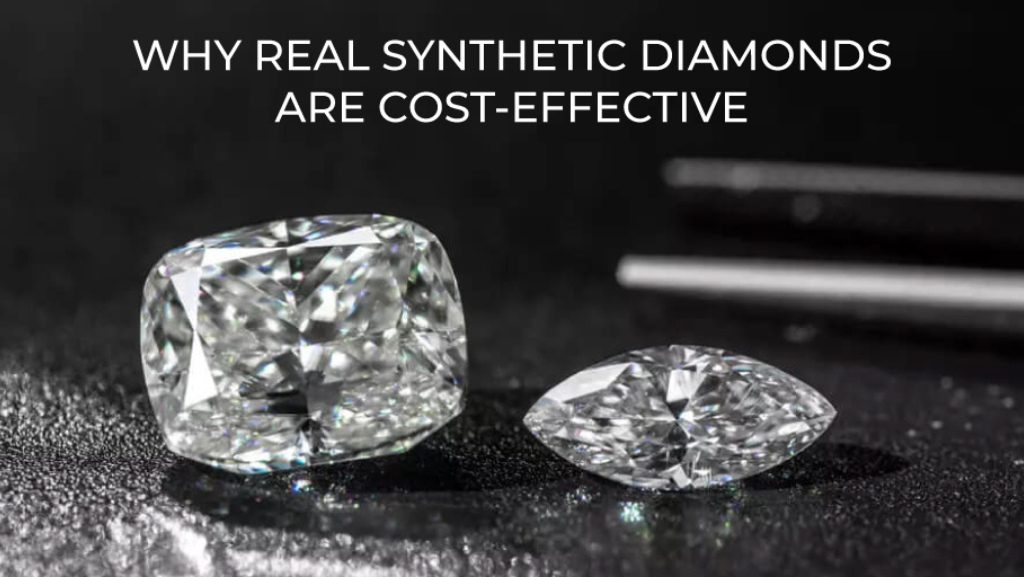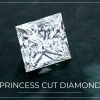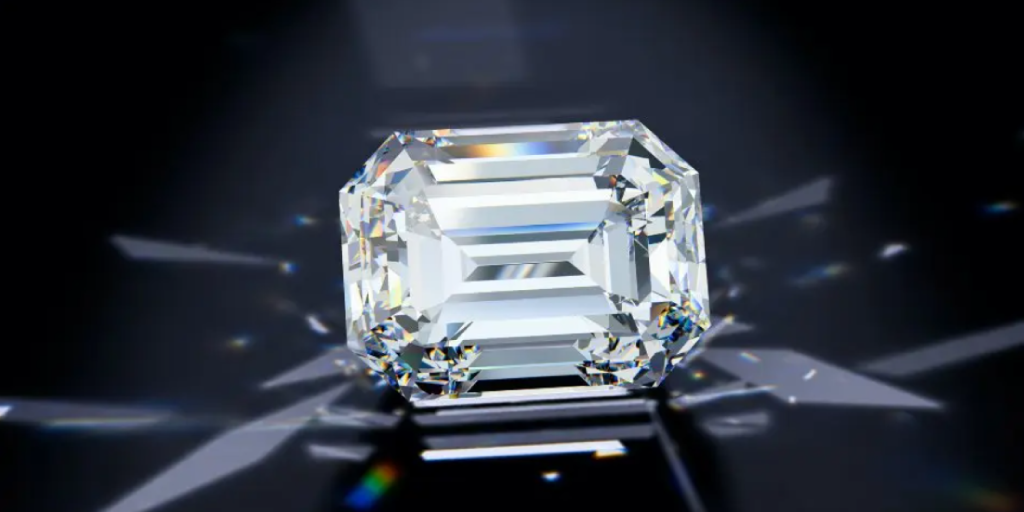Diamond Certification: The Handy Guide Before You Buy Diamonds
These days the demand for man-made diamonds is increasing rapidly due to their similar properties as that of natural diamonds but low cost. They are usually created by the process known as cutting-edge technology, which is similar to that of the process of naturally growing diamonds.
It chemically, physically, and optically resembles that of natural diamonds to an extent. They are not fake diamonds as the misconception of certain people leads them to call them fake. They are as real as natural diamonds.
The properties of these diamonds mainly depend on the process which is used for their manufacturing. In Fact, certain diamonds are even harder and their conductivity is also high as compared to natural diamonds.
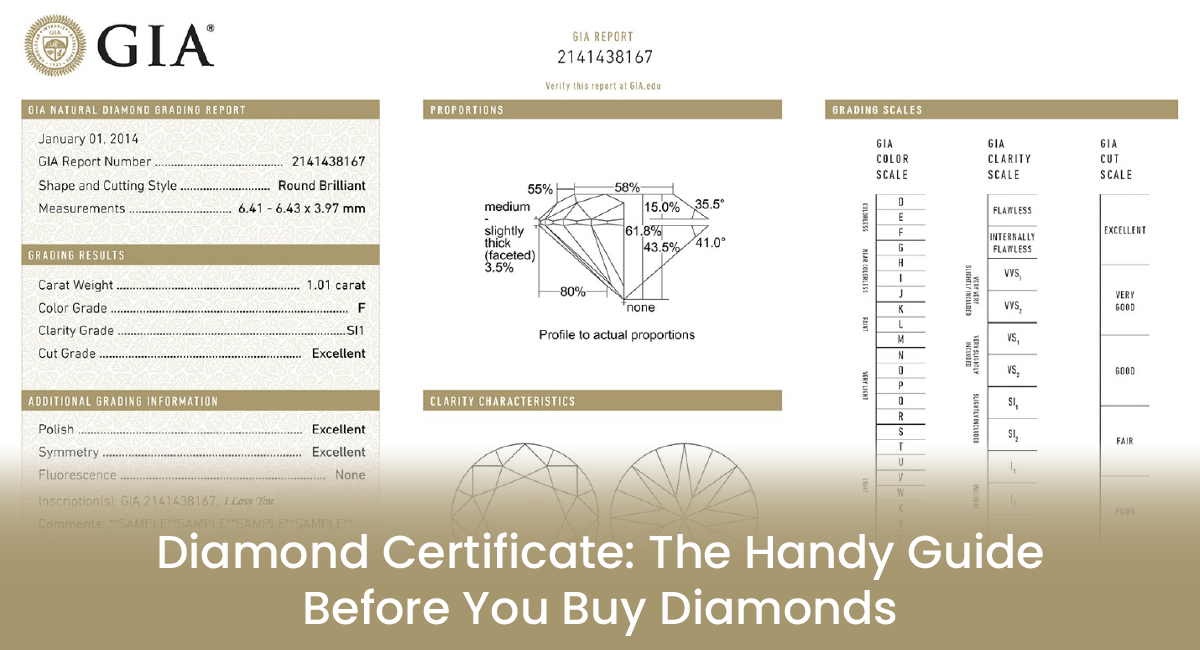
Diamond certification is a system that aims to rate diamonds based on the 4Cs which are of utmost importance to the quality of a diamond. The 4Cs are cut, carat, color, and clarity. Each of these Cs is vital in its own unique way and when measured correctly impart a different feel to any diamond which exists.
With a lot of new companies providing certification, we bring to you a guide that allows you to know your diamonds better and interpret them accurately. You may have questions such as what are some advantages of having your lab grown diamond evaluated for certifications? Well, you will have all your questions answered with the progression of the article written below.
What is a Diamond Certification?
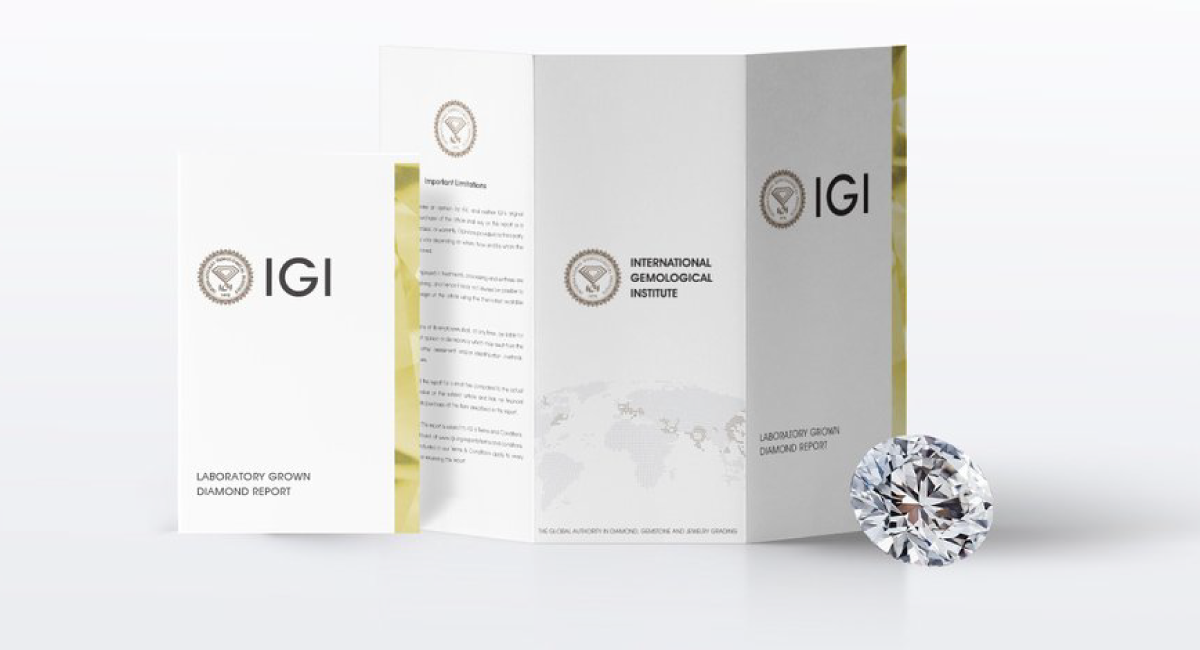
Each diamond has its own unique certification which allows the diamond to be identified based on its clarity, color, cut, and carat. These certificates give a unique identity to diamonds.
These important documents are issued by labs thus a diamond certificate is a lab certification that gives an identity to the diamonds and verifies them. Trained professionals and expensive equipment come into play to identify diamonds and certify them based on the quality and grading of the 4Cs. There are additions that have been added to the certificate like polish, fluorescence, and symmetry apart from the 4Cs.
Most lab grown diamond certificates even map out the inclusions which might be a part of the diamond, in a way that is understandable. This gives a greater idea about the diamond and its nature, like the cuts, inclusions, forms, and color as well.
Types of Diamond Grading Systems:
There are various kinds of grading systems that grade the diamonds and certify them. There are certifications like- GIA, AGS, IGI, EGL, HRD, GSI and GCAL certification.
- GIA
Gemological Institute of America is one of the best and most renowned certification-offering institutions there is. The evaluation of diamonds is based on the basic criteria, while also certain other features like Girdle thickness, proportion diagram, table %, depth %, and culet size. There are certain specific brands of diamonds that provide only GIA certification.
- AGS
AGS stands for American Gem Society. This identification has been there before the GIA has been introduced. They have a gradation scale from 0-9, out of which 0 stands for the most ideal diamond. This identification system has been way more refined than GIA and tries to be better than them. The AGS is a system that is generally preferred by round brilliant diamond sellers. GIA is preferable for other different kinds of cuts.
- IGI
The speed certification of the International Gemological Institute (IGI) is very effective and is generally preferred as it offers lesser prices than GIA.
- EGL
There are certain conceptions about the European Gemological Laboratory that state the quality of the diamonds might be inferior to the information stated otherwise on the certificate. The price may be cheaper when compared to GIA, but the quality of the diamond is definitely compromised.
- HRD
Hoge Raad voor Diamant is the full form. HRD is a Europe-based certification organization. This organization also has an irregular identification process. The quality of the diamonds will be compromised when they are judged on the basis of HRD. They have lesser diamond quality than the GIA certification.
- GSI
Gemological Science International is an organization that has been known more in recent times itself. It is the last certification one should rely on because when this certification has been compared with GIA, there are quite some untrustworthy results.
- GCAL
This diamond certificate, issued by the esteemed Gem Certification and Assurance Lab (GCAL), is a testament to the exceptional quality and authenticity of a diamond. GCAL certificate provides you with the confidence and assurance that you are investing in a genuine and high-quality gemstone.
Each certificate is a comprehensive document, serving as a reliable guide for individuals seeking transparency and assurance in their diamond purchase.
How Do You Read a Diamond Certificate?
There are very minor details listed in a lab diamond certificate. Right from the dimensions of the gem, to date, to all the things that make the diamond identifiable.
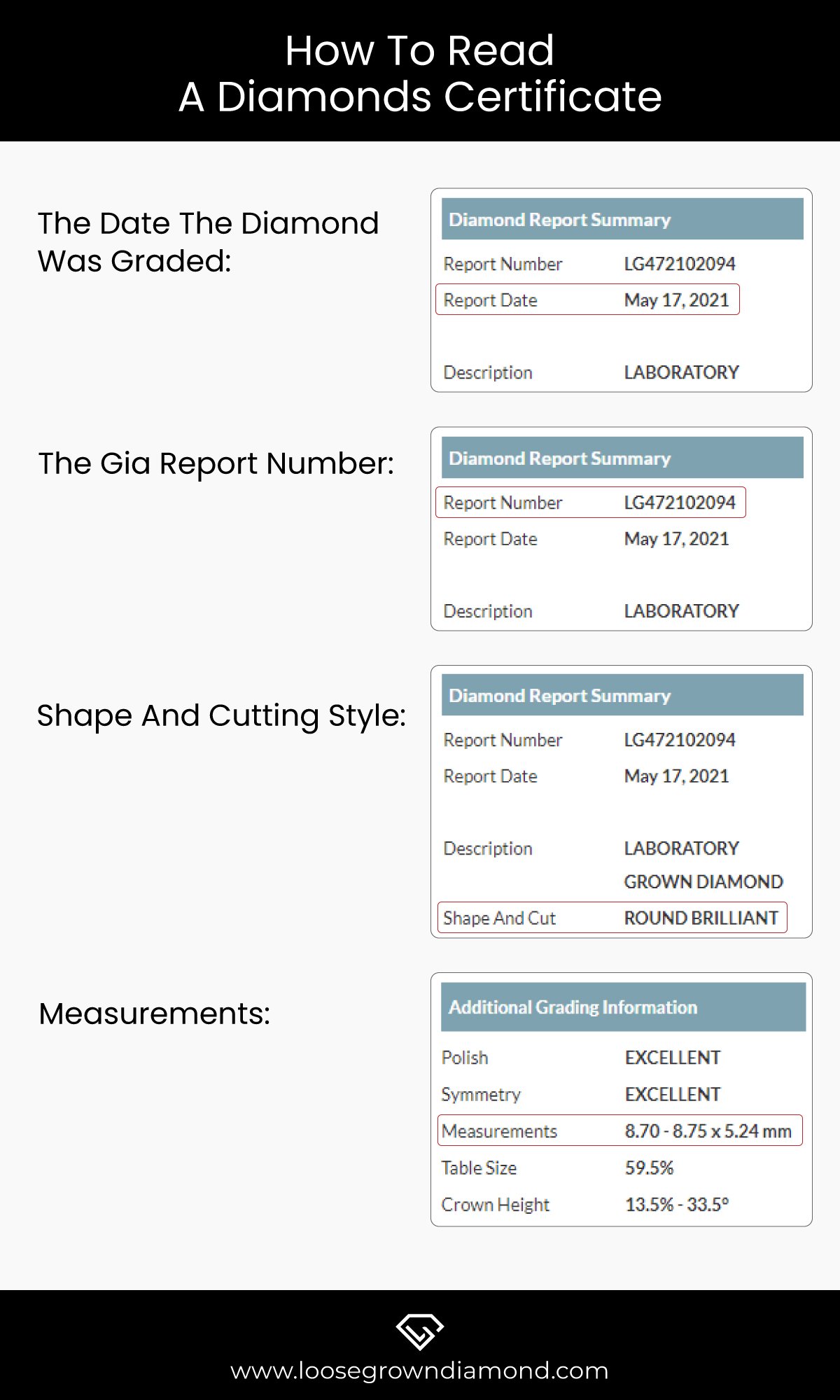
- The diamond starts to get justified right from the date of evaluation. After which the certificate gets a report number.
- Then the basic information is let out in the form of the 4Cs- which are carat, color, clarity, and cut.
- The dimensions are also given for a clear idea about the size of the diamond.
- Other information about the diamond which is contained in the certificate happens to be table %, depth %, and culet size.
- The symmetry of the diamond is also evaluated and written down for information.
- Then there is a proportion diagram, polish grade, and girdle thickness about the diamond which gives a deeper insight into the quality of the diamond.
- There is a diamond plot included as well, this gives information about blemishes and inclusions of the particular diamond.
- Fluorescence grade is also added in the information along with laser inscription if it is applicable.
- The other content includes basic comments and general information about the diamond, which will need to be conveyed to the buyer.
Why is a Diamond Certificate Important?
Diamond certification is very vital in accurately identifying the quality of the diamonds an individual is buying. It gives you a written identification/documentation of the diamond you purchased, which can come in handy in certain situations later, like verification or even reselling. It also verifies the owner or the buyer who has bought the diamond.
Properties that affect the Grading Process:
In the case of natural diamonds, there are various blemishes and flaws in the crystals, which are not there in the case of lab grown diamonds. They are very pure and highly crystalline and thus as a result are transparent.
Crystallinity: The crystals which are large and clear are mostly used in making gemstones. These diamonds are very pure highly crystalline and transparent. Thus very much desired.
Hardness: Synthetic diamonds are even harder than natural diamonds. Their hardness depends on their levels of purity, orientation, and crystallization.
Inclusions: Certain levels of blemishes and inclusions are present in all the lab grown diamonds. But in the case of synthetic diamonds, they are very less in number.
Grading Criteria of the GIA for Diamonds:
This criterion is based on the 4 C’s which re-described under
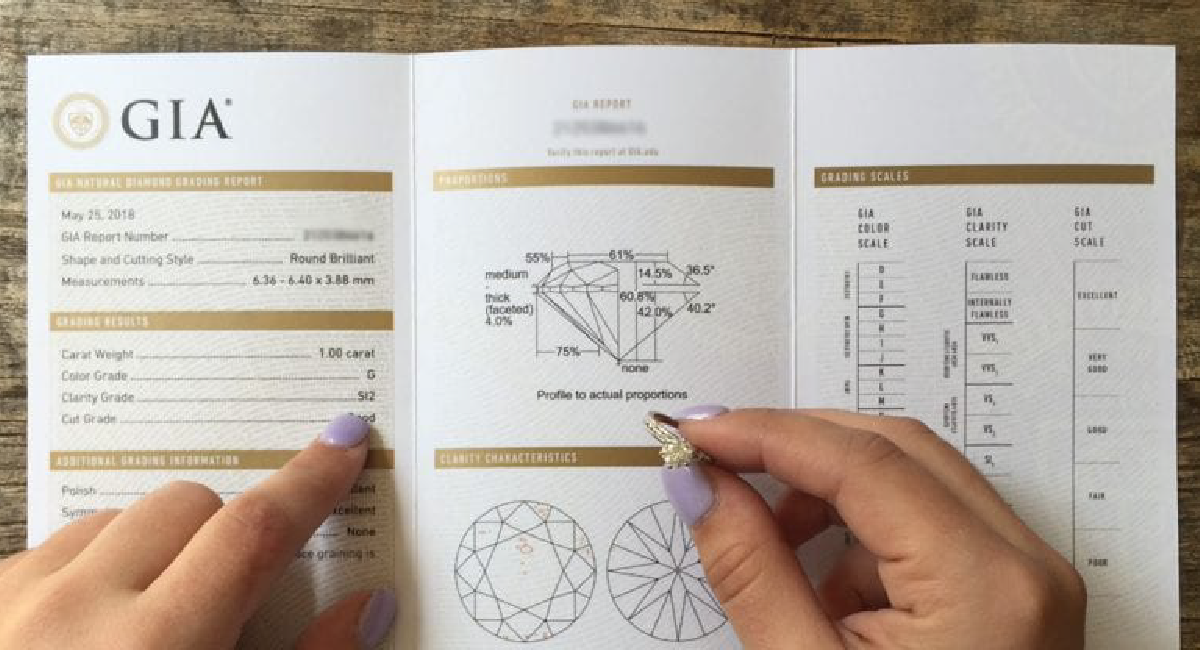
Carat
The measurement of the diamonds in terms of weight is called carat weight. It plays quite an important role in the grading process. Even though lab-created diamonds are made with different methods than natural ones but still the major determining factor for size remains the carat weight in general.
Color
We generally measure the color of the diamond ranging from the scale of D to Z. Where D signifies a color-free diamond and Z implies the diamond has a yellow hue. The fluorescence is also checked and kept a note of by the experts.
Fluorescence is referred to as the ability of the diamond under a UV lamp to emit light. The range of this scale is from none to strong. The lab-made diamonds have forebet features and are generally affected by the methods and the environment in which they are made.
Clarity
An x10 magnification is used by the experts to take a clear look at the clarity of the lab grown diamond. The range of the scale is from I (included) indicating visible flaws to flawless (FL) thus depicting that no such flaws and inclusions can be seen even under a high magnification lens.
Cut
The cut is determined by various factors such as how perfectly and accurately is the polish of the diamond, and its symmetry, and the proportions (which include the measurements such as the crown height, table, etc). Grade wise we rate it in the range of poor and excellent.
It is a factor that determines how well and precisely are the diamonds cut into various shapes and sizes from their raw form. It is one of the most important aspects among the 4 C’s of diamonds and should never be ignored or taken lightly.
As it determines how much light will enter the diamond and it will reflect it accordingly, thus directly impacting the shine and brilliance of the diamond which is the major eye-catching factor in the case of diamonds.
| Shape | Carat | Cut | Color | Clarity | Price | |
| 1.86 | Ideal | D | VS1 | $1047 $748 | View | |
| 3.09 | Ideal | G | VVS2 | $751 $715 | View | |
| 1.83 | Ideal | F | VVS2 | $540 $514 | View | |
| 2.51 | Ideal | I | SI1 | $479 $456 | View | |
| 2.71 | Ideal | I | VS1 | $603 $574 | View | |
| 2.91 | Ideal | E | VVS2 | $1060 $1010 | View | |
| 2.03 | Ideal | D | VVS1 | $947 $902 | View | |
| 3.04 | Ideal | E | VS1 | $746 $710 | View | |
| 3.02 | Excellent | F | VS1 | $1419 $1351 | View | |
| 1.86 | Ideal | E | VVS1 | $608 $579 | View | |
| 2.51 | Ideal | H | SI1 | $479 $456 | View | |
| 2.83 | Ideal | I | VVS2 | $651 $620 | View | |
| 2.09 | Ideal | G | VVS2 | $440 $419 | View | |
| 2.64 | Ideal | E | VVS1 | $1957 $1864 | View | |
| 1.70 | Ideal | G | SI1 | $368 $350 | View | |
| 2.36 | Ideal | I | VS1 | $568 $541 | View | |
| 1.86 | Excellent | E | VS1 | $771 $593 | View | |
| 2.17 | Ideal | H | SI1 | $794 $611 | View | |
| 1.79 | Excellent | F | SI1 | $628 $483 | View | |
| 1.87 | Ideal | D | VS1 | $1051 $751 | View |
What are the Advantages of Buying Certified Diamonds?
There are plenty of advantages to having purchased certified lab diamonds. It gives the diamonds an authentic identity and certification, which can be used to verify them in case they need to resell a lab diamond.
Certified diamonds needed a common identification and thus a lot of organizations came up with plans to verify and certify these precious gemstones. These organizations gave a uniform source of identity to diamonds based on some common terms and qualities; 4Cs. These basic qualities give information about the diamond which might come in handy when observing the diamond or even using it later on.
Having gained insight into the essential factors for selecting a diamond, it’s now your exciting journey to find the perfect gem! Choose from hundreds of styles on loosegrowndiamonds.com. Our experts will help you find the perfect diamond for your budget full of meaning.
We are dedicated to ensuring your diamond selection is not just a purchase but a memorable and cherished choice. Begin your exploration now to discover the diamond that fulfills your dreams!
Conclusion
There are a lot of certificate issuing organizations for diamonds and these all identify diamonds on separate scales. The scales which happen to identify diamonds are unique for each of these lab grown diamond certification organizations.
One has to consider the individual aspect and find out which is better for them, and which certification would they prefer. There are various advantages as well when one purchases a certified diamond. There is a certain level of security that comes up when a certified diamond is bought or even resold in the market.
Frequently Asked Questions
What is the best diamond certification?
There are various kinds of certifications that give grades to diamonds. These certifications give the diamond an identity and allow the buyer to understand what are the characteristics of the diamond they are buying. So Far, The best diamond certification is GIA.
What’s the most important aspect of grading diamonds?
The most important aspect which is considered while grading diamonds by organizations is consistency and strictness in following procedures to evaluate the diamond. Every organization has a different scale of strictness to judge the diamonds and then grade them.
Do I really need a diamond certificate?
Buying a certified diamond allows one to be sure of their money investment and assures the quality of the diamond in which one has invested their money.
If the diamond certificate hasn’t been issued, there will be no surety of the money being invested and thus people will never know the genuine nature and originality of the origin of the diamond.

